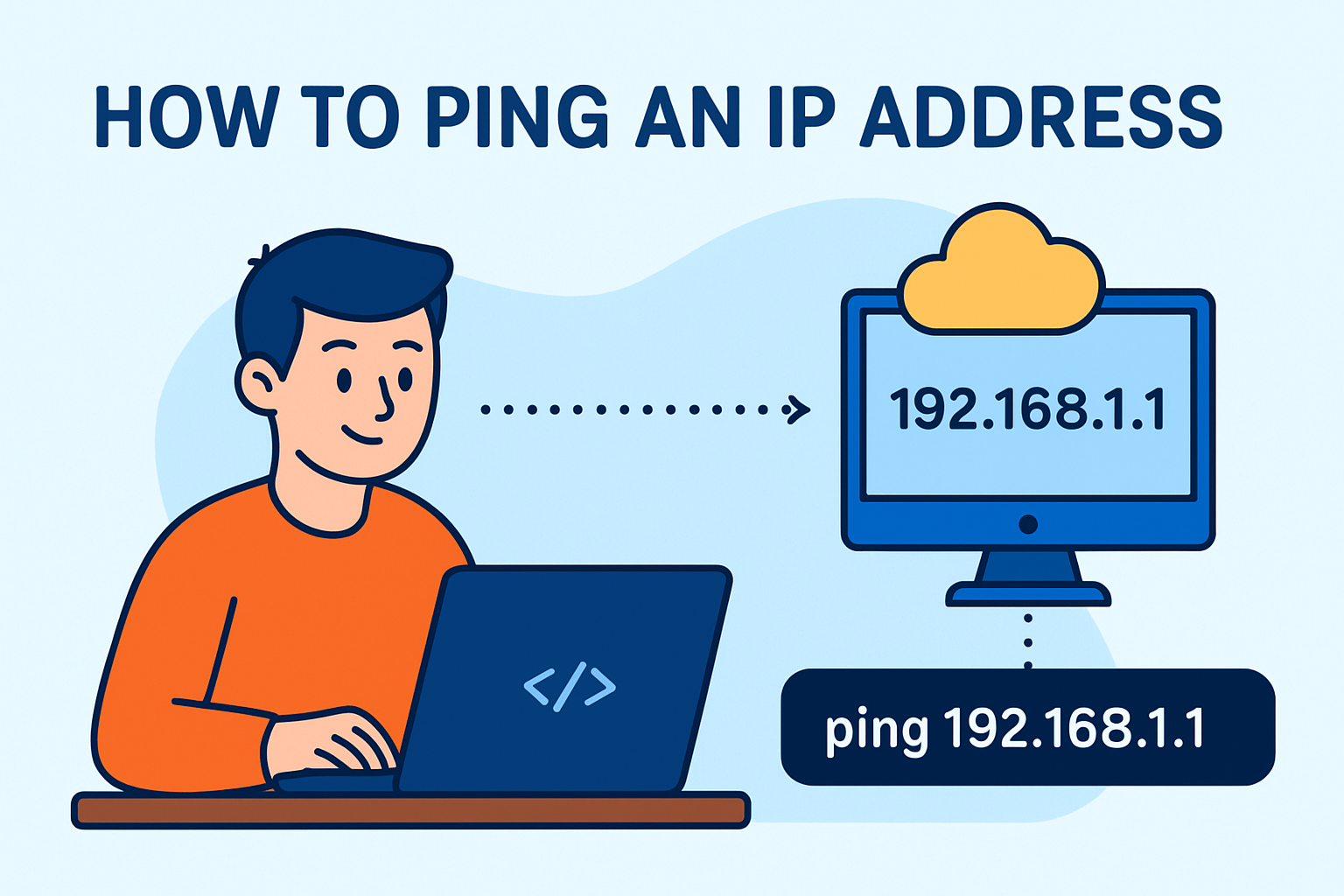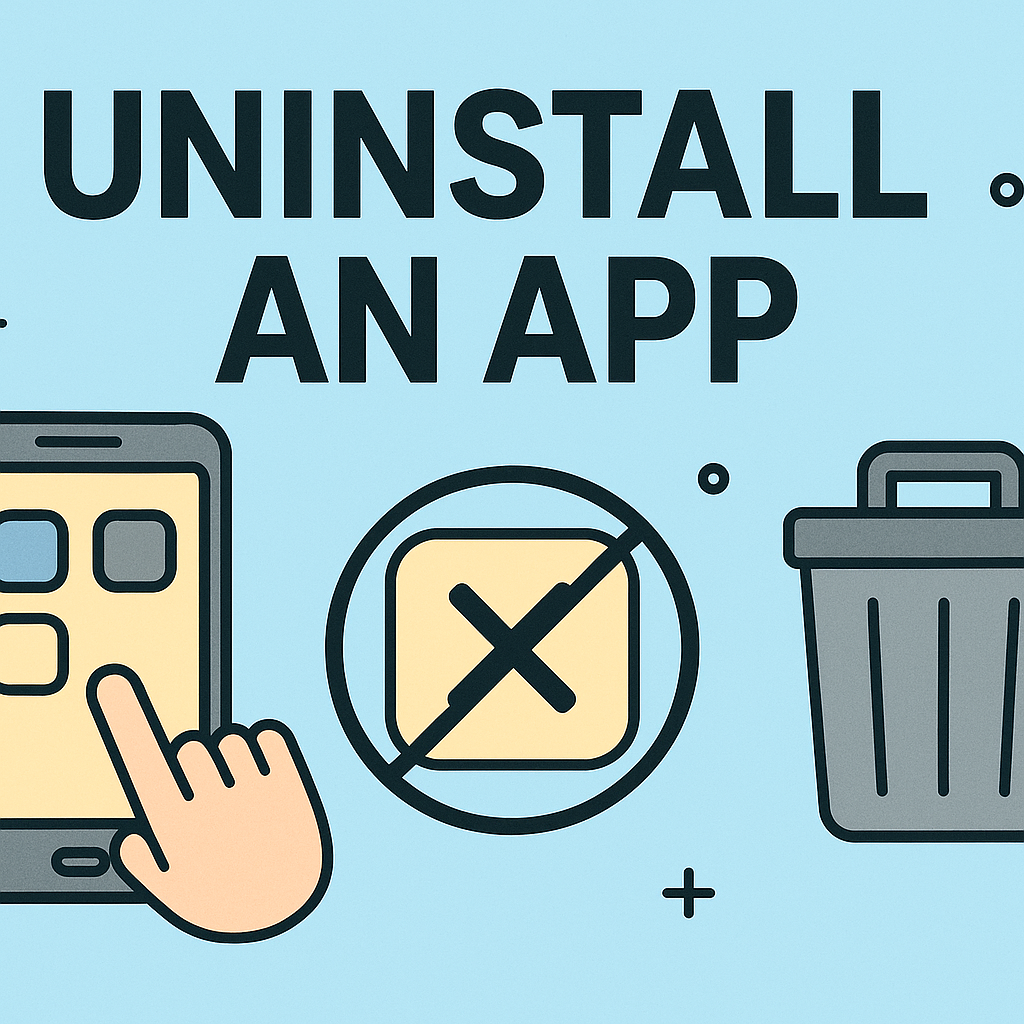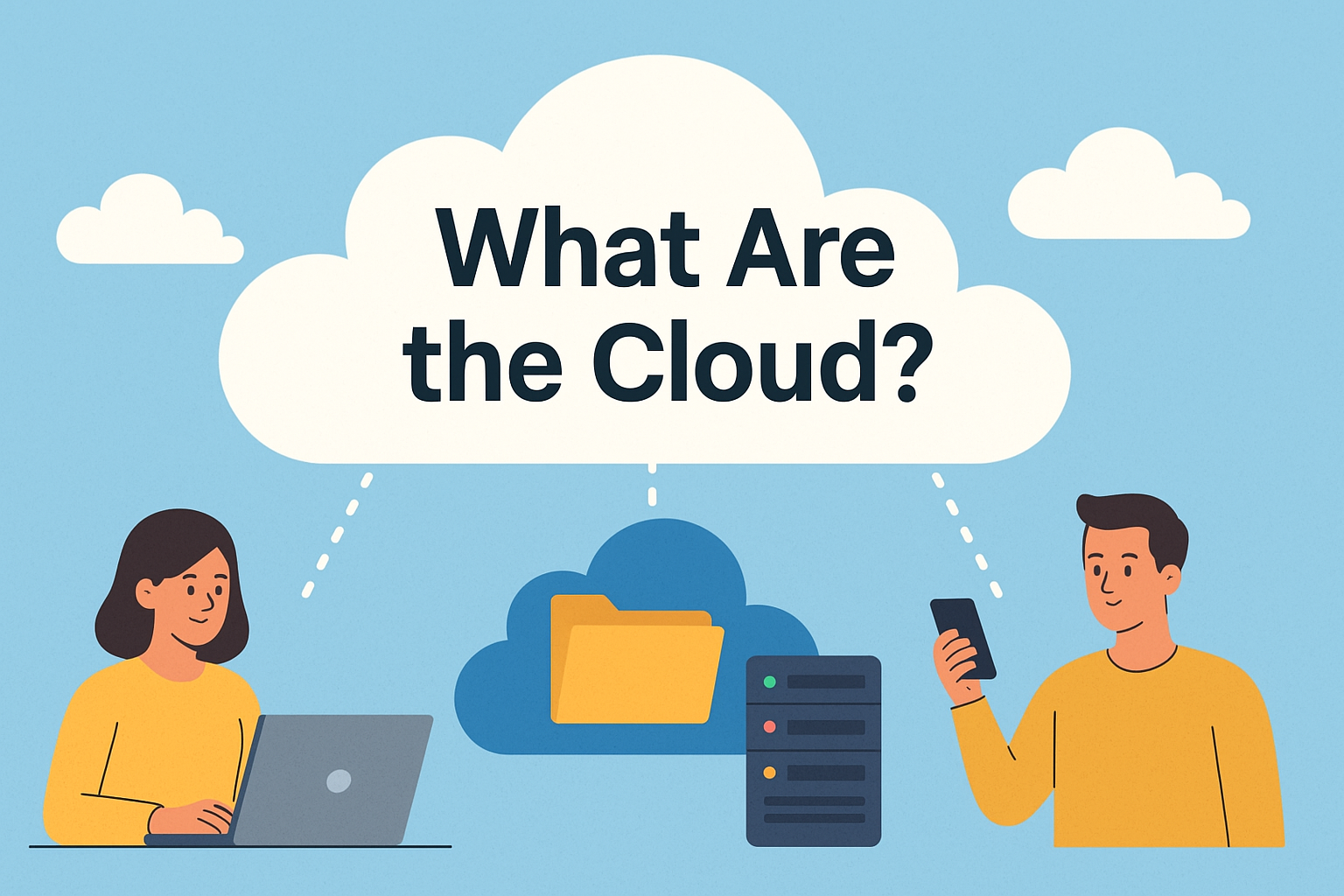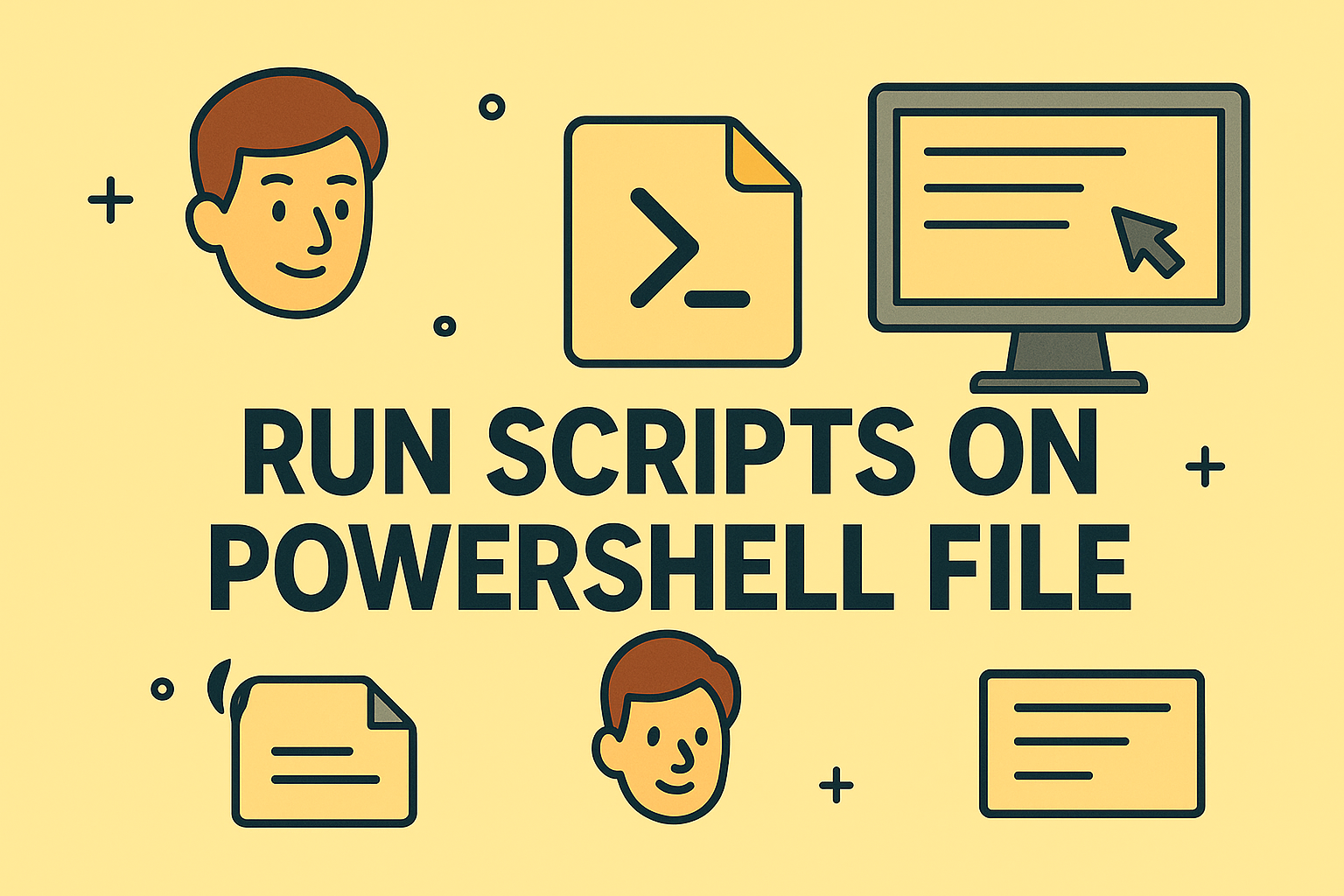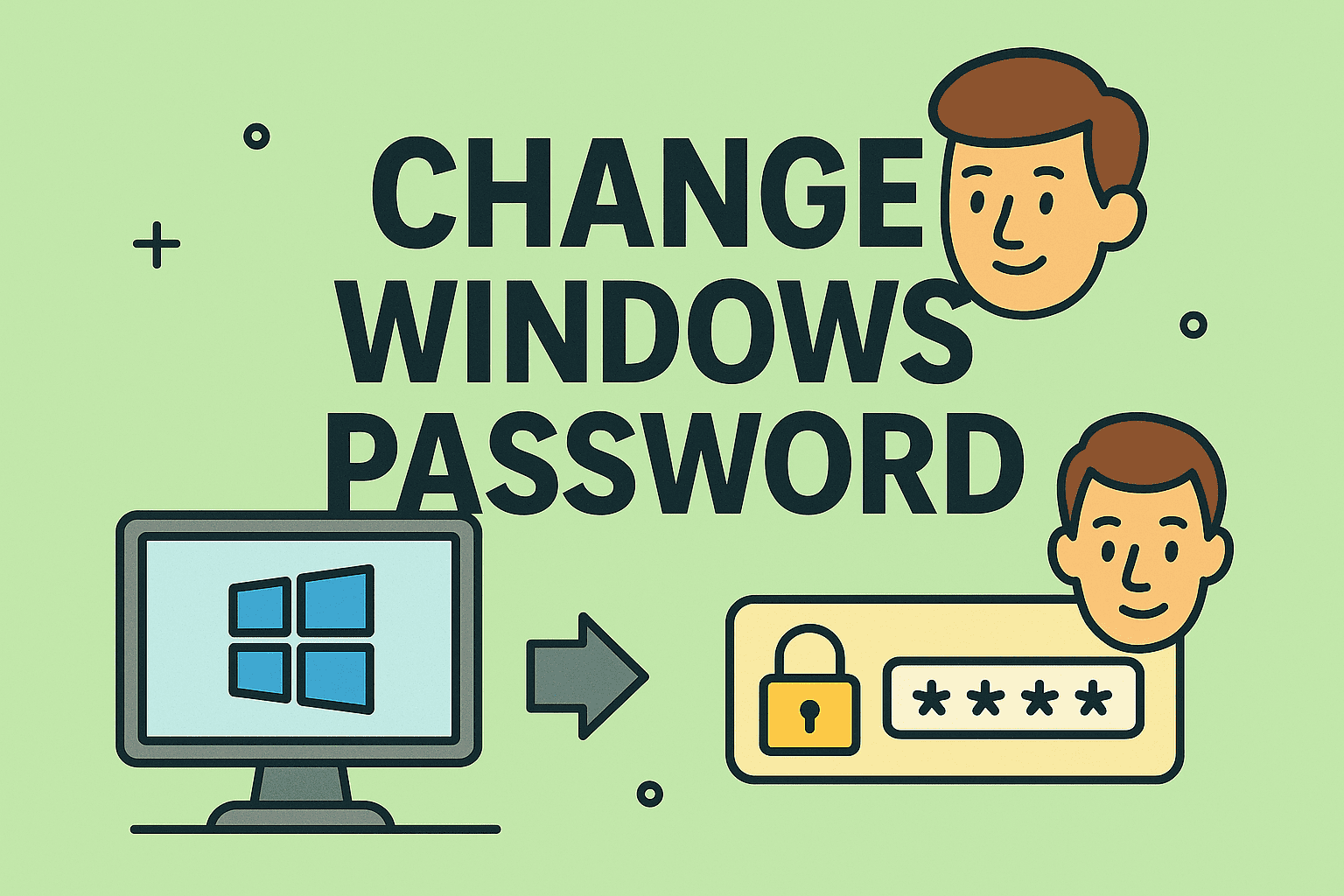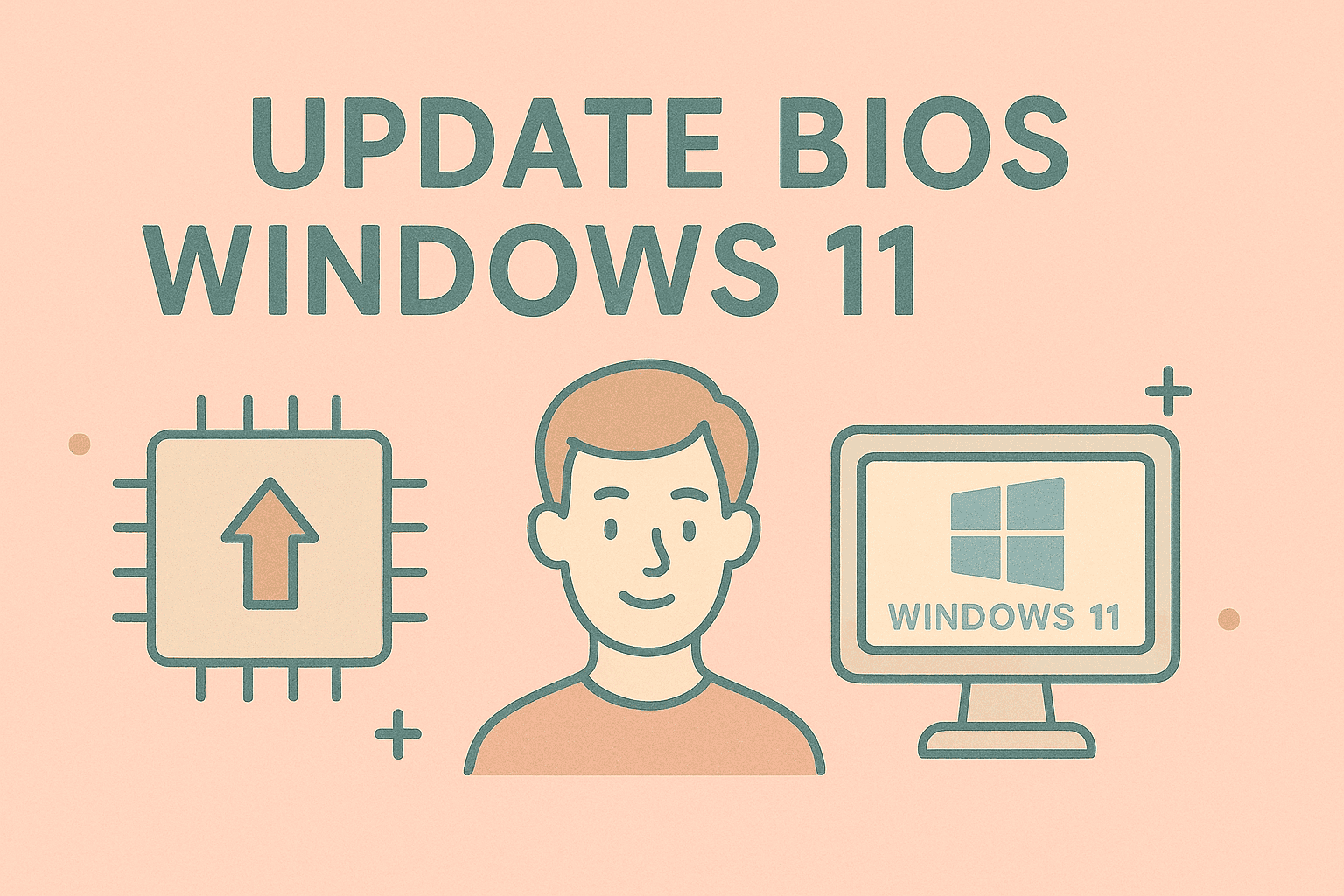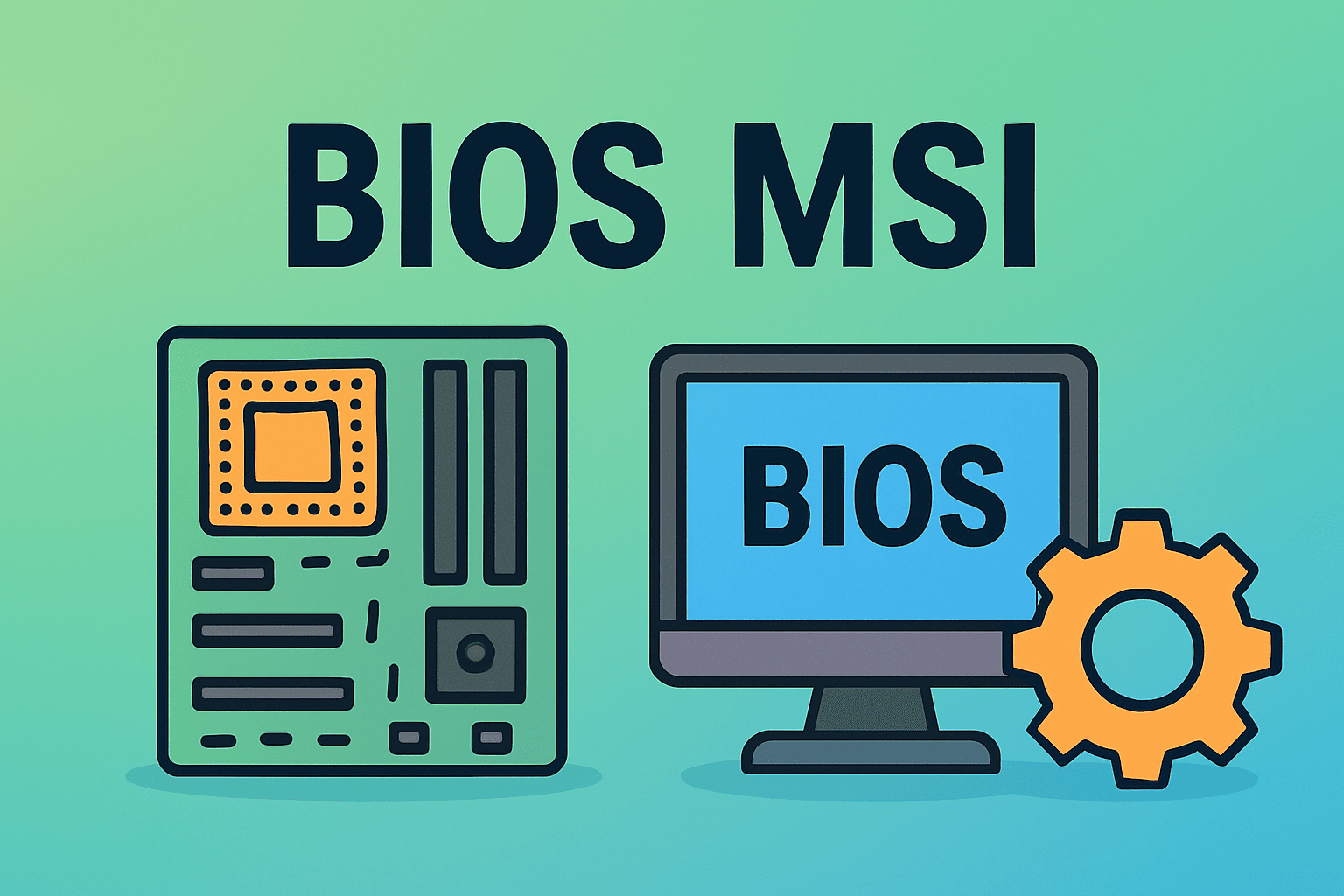Introduction: Automate Like a Pro with PowerShell
Updated on June 17, 2025, by ITarian
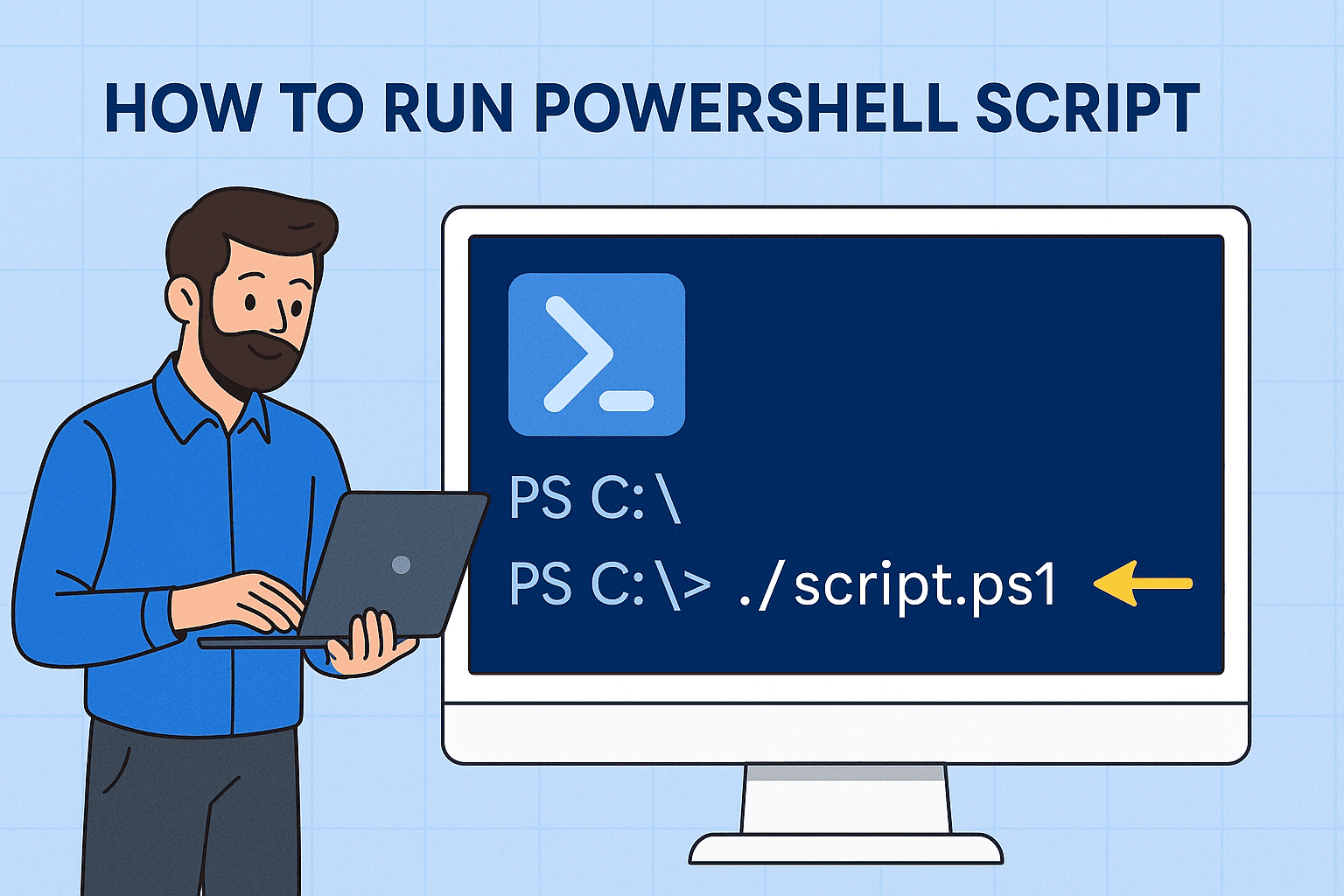
Ever wished you could automate routine IT tasks with a single line of code? Whether you’re an IT manager deploying updates, or a security analyst scanning systems, knowing how to run PowerShell script can save hours of work and reduce human error.
In this guide, you’ll learn various methods to execute PowerShell scripts, including via the PowerShell command line, the PowerShell ISE, and even through scheduled tasks. We’ll also address permissions, execution policies, and best practices for secure automation.
What is PowerShell and Why Use It?
PowerShell is Microsoft’s powerful command-line shell and scripting language designed for task automation and configuration management. It’s built on .NET and available across Windows, Linux, and macOS.
Why it matters:
- Enables automation of repetitive tasks
- Facilitates remote management and scripting
- Used in cybersecurity for forensics and threat hunting
- Extensible through modules and APIs
Pre-Requisites: Before You Run a PowerShell Script
Before diving in, make sure:
- You have PowerShell installed (Windows comes with it, Linux/macOS users can install via package managers)
- You know the location of your script (e.g., C:\scripts\myscript.ps1)
- You understand the system’s execution policy, which may block scripts by default
Check current policy:
Get-ExecutionPolicy
Change it if needed:
Set-ExecutionPolicy RemoteSigned -Scope CurrentUser
⚠️ Always review and understand a script before running it. Avoid lowering execution policy globally on production machines.
Method 1: Run PowerShell Script from PowerShell Console
To execute PowerShell script directly from the terminal:
& “C:\scripts\myscript.ps1”
Or use the dot sourcing method:
. “C:\scripts\myscript.ps1”
If you get permission errors, double-check the execution policy or prepend with Start-Process:
Start-Process powershell -ArgumentList “-File ‘C:\scripts\myscript.ps1′”
Method 2: Run Script in PowerShell ISE
The PowerShell ISE (Integrated Scripting Environment) is perfect for beginners and script debugging.
Steps:
- Open PowerShell ISE from the Start menu
- Load your script file: File > Open
- Press F5 to run it
ISE provides syntax highlighting, breakpoints, and a command pane—great for testing small changes quickly.
Method 3: Use Task Scheduler to Run Scripts Automatically
For automation tasks, schedule your script with Windows Task Scheduler:
- Open Task Scheduler
- Create a new task
- In Action, select “Start a program”
- Program/script: powershell.exe
- Add arguments: -ExecutionPolicy Bypass -File “C:\scripts\myscript.ps1”
Useful for backups, log rotations, or nightly scans.
Method 4: Running Scripts Remotely
You can run scripts on remote computers using:
Invoke-Command -ComputerName Server01 -FilePath “C:\scripts\myscript.ps1”
Make sure remoting is enabled:
Enable-PSRemoting -Force
This is extremely useful for managing multiple systems from a central console.
Best Practices When Running PowerShell Scripts
- Always test scripts in a safe environment first
- Use Write-Output and Write-Verbose for transparency
- Sign scripts if you plan to use AllSigned policy
- Avoid using ExecutionPolicy Unrestricted unless in a sandbox
- Monitor script execution using logs or verbose output
PowerShell Security Tips for Enterprises
- Restrict access to the scripting environment using Group Policy
- Maintain version control (e.g., Git) for all scripts
- Use code signing certificates to ensure authenticity
- Monitor with tools like Defender for Endpoint, which detects suspicious script activity
- Review scripts for hardcoded credentials or insecure commands
Final Thoughts: Automate with Confidence
Learning how to run PowerShell script unlocks a world of automation, security, and efficiency. Whether you’re managing hundreds of endpoints or cleaning up files weekly, PowerShell has the power and flexibility to get it done.
Ready to scale your automation securely? Try Itarian’s endpoint protection and automation tools and take control of your infrastructure.
FAQs: Running PowerShell Scripts
1. How do I run a PowerShell script with admin privileges?
Right-click PowerShell and choose “Run as Administrator” or use Start-Process with -Verb RunAs.
2. What is the difference between .ps1 and .bat?
.ps1 is for PowerShell; .bat is for legacy batch scripts. PowerShell is more powerful and flexible.
3. Why is my script blocked from running?
Check the execution policy using Get-ExecutionPolicy. Change to RemoteSigned or Bypass if necessary.
4. Can I run PowerShell scripts on Linux?
Yes! PowerShell Core is cross-platform and supports Linux and macOS.
5. How can I schedule recurring script runs?
Use Windows Task Scheduler or cron on Linux.



